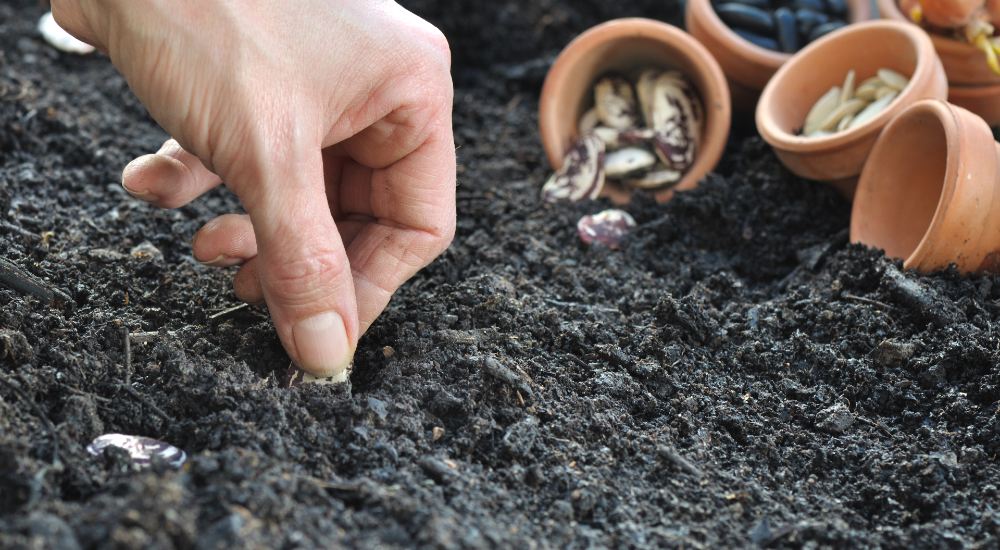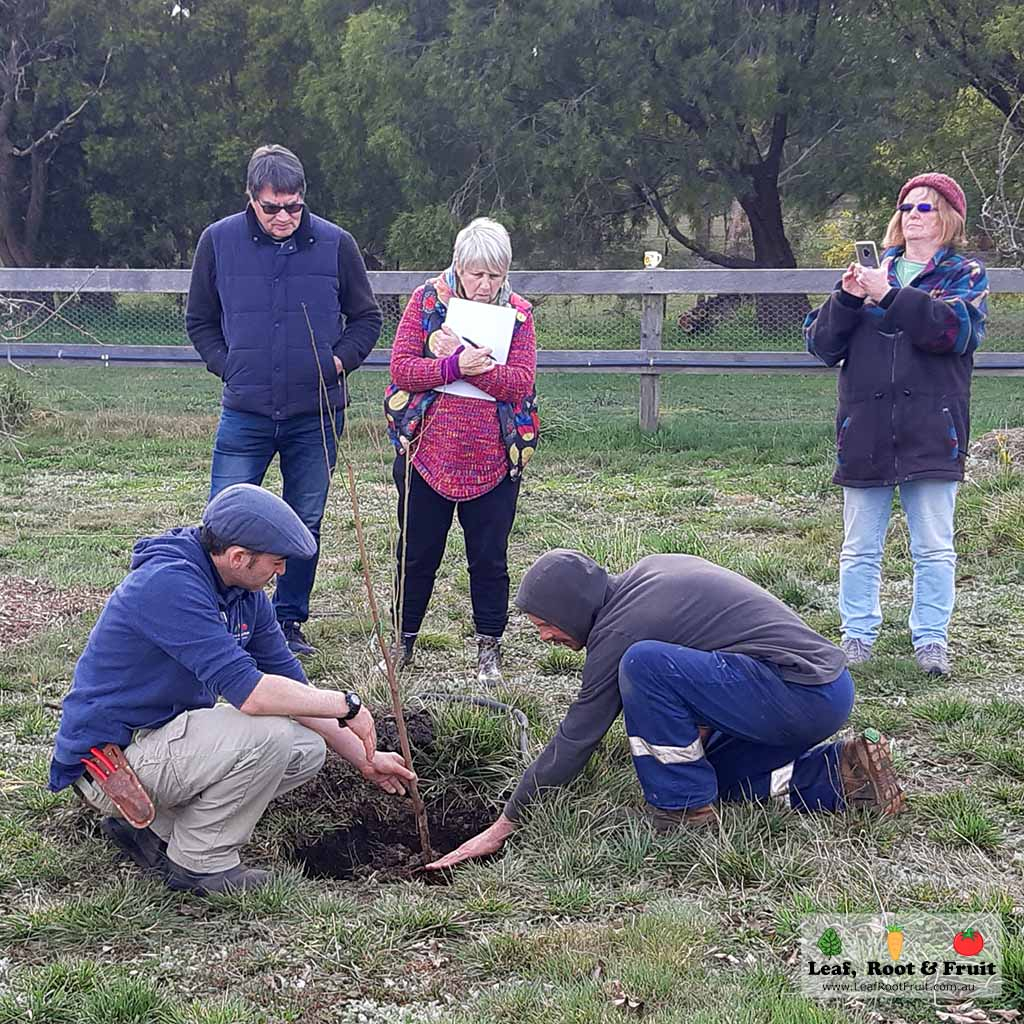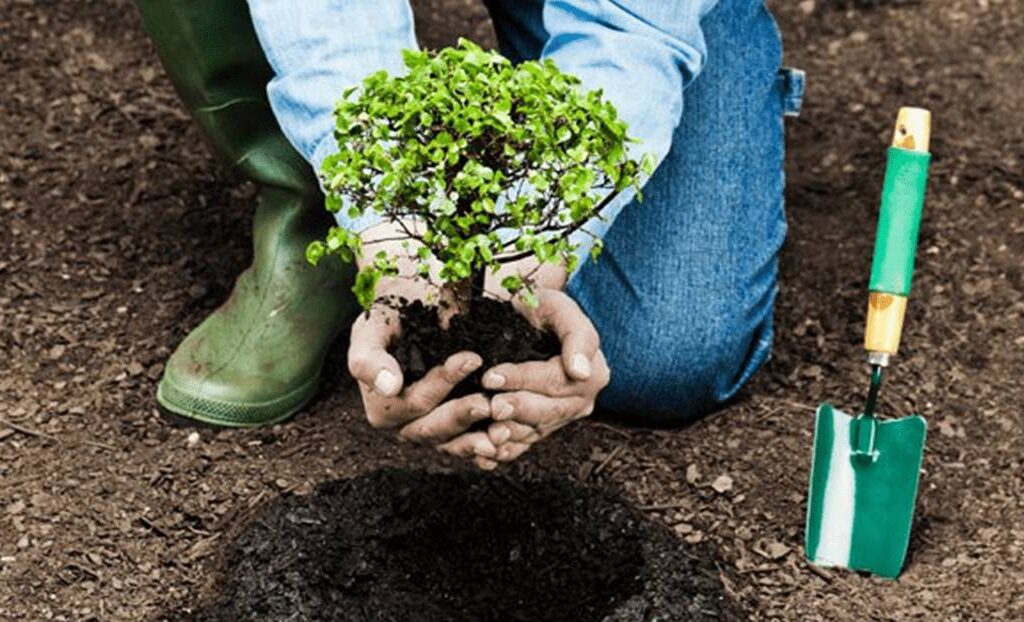Fruit Tree Planting Guide Melbourne
Introduction to Fruit Tree Planting in Melbourne’s Climate
Growing fruit trees in Melbourne is not only rewarding but also a sustainable way to enjoy fresh produce. With Melbourne’s temperate climate, gardeners can grow a wide variety of fruits, from apples and pears to citrus and stone fruits. But if you’re new to gardening, you’ll need to plan carefully to ensure your trees thrive throughout the changing seasons.
In this article, we’ll explore everything you need to know about planting, maintaining, and harvesting fruit trees in Melbourne. Ready to get your hands dirty and grow your orchard? Let’s dive in!
Understanding Melbourne’s Climate for Fruit Trees
Overview of Melbourne’s Weather Patterns
Melbourne’s climate is known for its unpredictability, with warm summers, cool winters, and regular rainfall throughout the year. It’s classified as oceanic, meaning temperature fluctuations aren’t extreme, which is great for fruit trees.
Suitable Fruit Trees for Melbourne
Because of the mild winters and warm springs, both deciduous trees (like apples and cherries) and evergreen trees (like citrus) can thrive. Stone fruits like peaches, apricots, and nectarines also do well with enough sun exposure.
Deciduous vs. Evergreen Fruit Trees
Deciduous trees shed their leaves in winter, requiring cold hours to stimulate flowering.
Evergreen trees retain their leaves year-round and often bear fruit in winter, making them perfect for citrus lovers.

Preparing to Plant Your Fruit Tree
Choosing the Right Spot for Planting
Location is everything! Ensure the spot gets at least six hours of sunlight daily and is sheltered from strong winds. Trees that receive plenty of light will produce better fruit.
Soil Preparation and pH Levels
Melbourne’s soils vary, so test the soil’s pH. Most fruit trees thrive in soil with a pH range between 6 and 7, leaning toward slightly acidic to neutral. Incorporating organic material, such as compost, boosts soil nutrients and enhances drainage.
The Importance of Drainage and Sunlight
Waterlogged roots can kill a tree. Make sure your planting spot drains well by digging a small hole and testing water absorption. If water pools, consider raised beds or mounds.
Best Time to Plant Fruit Trees in Melbourne
Planting in Spring vs. Autumn
The best time to plant fruit trees is spring or autumn. Autumn gives roots a head start before winter, while spring planting allows young trees to establish before summer heat.
Why Summer and Winter Planting Are Not Ideal
Summer: Heat stress can damage young trees.
Winter: Cold weather can stunt root development, especially for tropical varieties.
How to Plant a Fruit Tree: Step-by-Step
Selecting the Right Tree Variety
Choose a tree variety that suits your garden’s microclimate and soil type. Look for dwarf or semi-dwarf trees if space is limited.
Digging the Hole and Planting the Tree Correctly
Create a hole that is twice the width of the root ball but no deeper than its height. Place the tree carefully, ensuring the root collar is level with the soil surface.
Adding Compost and Mulch
Add compost to encourage root growth, and apply mulch around the base to retain moisture and regulate soil temperature.
Watering and Fertilizing Your Fruit Tree
How Often to Water New and Mature Trees
Water newly planted trees every few days to keep the soil moist. Mature trees need deep watering once a week, especially during dry spells.
Fertilizers Suitable for Fruit Trees in Melbourne
Use a balanced fertilizer high in potassium to encourage flowering and fruiting. Citrus trees, in particular, benefit from nitrogen-rich fertilizers.
Organic vs. Chemical Fertilizers
Organic fertilizers, like compost or seaweed extract, are eco-friendly and improve soil health. Chemical fertilizers offer quick results but require careful use to avoid overfeeding.
Pruning and Training Your Fruit Trees
Why Pruning Is Essential for Healthy Growth
Pruning removes deadwood and encourages better airflow, reducing the risk of diseases. It also shapes the tree for optimal sunlight exposure.
When and How to Prune Fruit Trees
Prune in late winter before buds break. Use sharp tools to make clean cuts, focusing on thinning crowded branches.
Protecting Your Fruit Trees from Pests and Diseases
Common Pests Affecting Melbourne Fruit Trees
Expect pests like aphids, caterpillars, and fruit flies to show up. Keep an eye out for signs of infestations early.

Organic Pest Control Methods
Neem oil, insecticidal soaps, and companion planting can help keep pests at bay without harming beneficial insects.
Harvesting and Storing Your Homegrown Fruit
Signs That Fruit Is Ready to Harvest
Look for color changes and gentle fruit detachment. A ripe fruit will easily pull away from the branch.
Proper Storage Techniques for Different Fruits
Stone fruits can be stored at room temperature, while apples and citrus last longer when kept in a cool, dry place.
Conclusion
Planting fruit trees in Melbourne is an exciting journey that rewards you with delicious, homegrown produce. By selecting the right trees, planting at the right time, and giving your trees the care they need, you’ll soon enjoy the fruits of your labor. Happy gardening!
